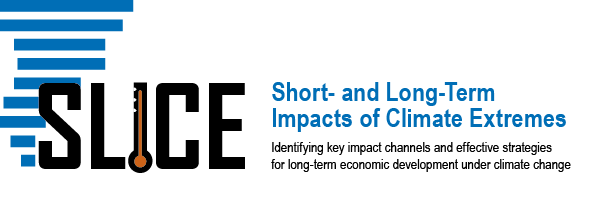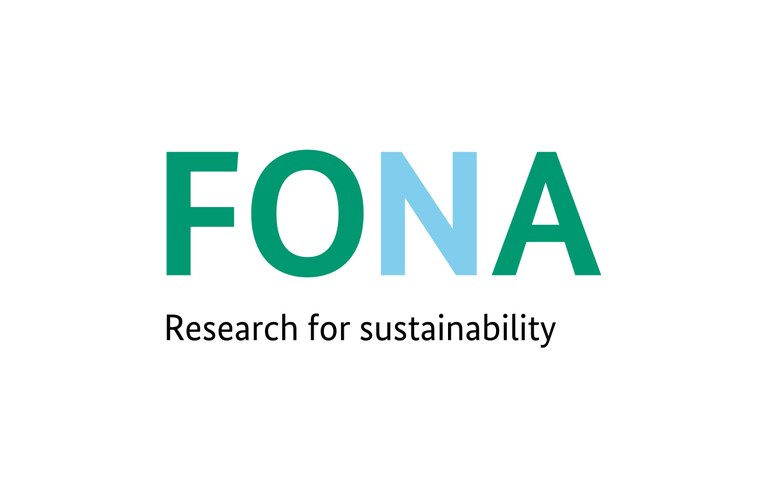WP5 - Income-specific econometric quantification of indirect losses
In WP5, we design an econometric model to quantify multi-disaster impacts of climate extremes on various macroeconomic indicators in the short- and long-term. This allows to estimate country-level coping capacities (calculated from the ratio of direct disaster losses over long-term indirect losses) in the historical period as well as for future projections at various levels of global warming for baseline socio-economic development. A ranking of coping capacities is then created to inform about causes and drivers that foster or hinder efficient disaster recovery. As possible channels for long-term effects on sector-specific economic growth, we analyze government spending and associated changes in debt levels in response to climate extremes. Furthermore, we analyze insurance payouts, insurance penetration, and international financial flows but also soft and socially-relevant predictors like inequality (e.g., GINI index), poverty ratios, education levels (e.g., literacy rates), openness for trade, and governance for their effectiveness in dampening negative long-term effects. The analysis compares macroeconomic responses in high-income countries to those of low- and middle-income countries; for each income level, drivers of long-term economic responses are identified individually. These analyses (i) yield a deep understanding of vulnerabilities and facilitate the identification of mechanisms that lead to an increase in macroeconomic resilience, (ii) provide guidance and validation for model development in WP6, and (iii) directly inform stakeholders (governments, insurance industry, and rating agencies (e.g., S&P)) on the effectiveness of analyzed resilience measures.



